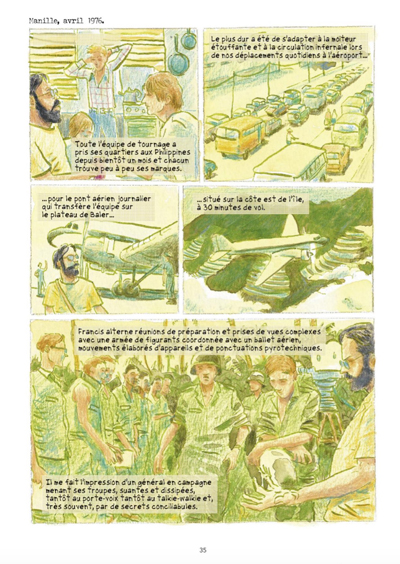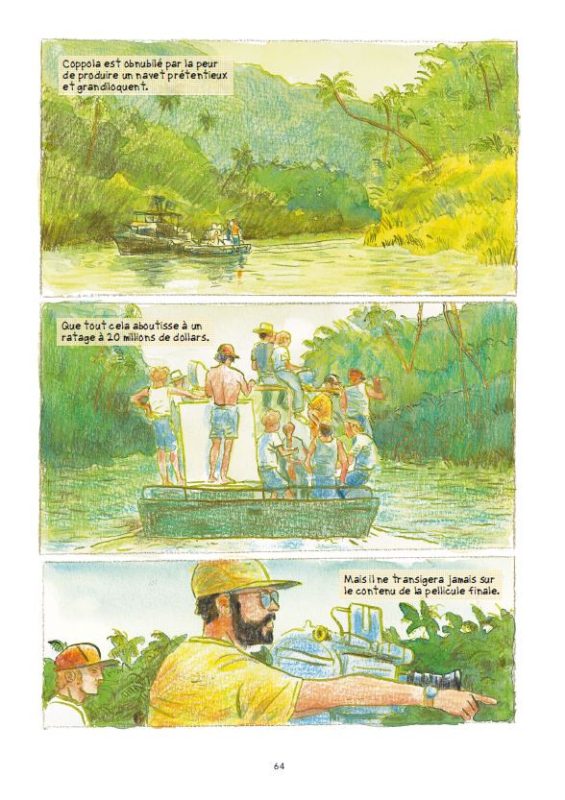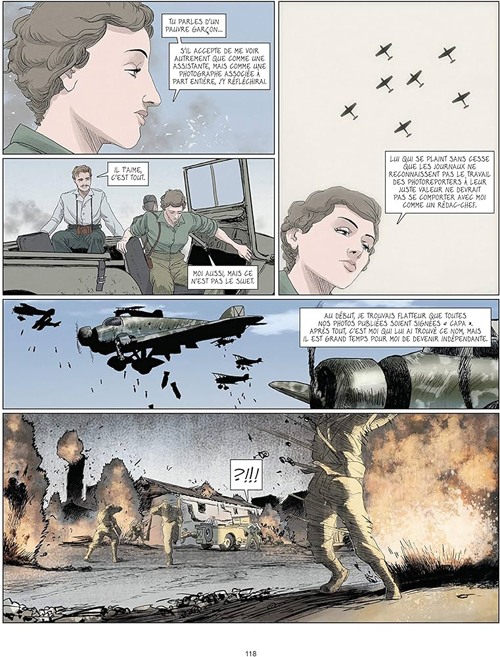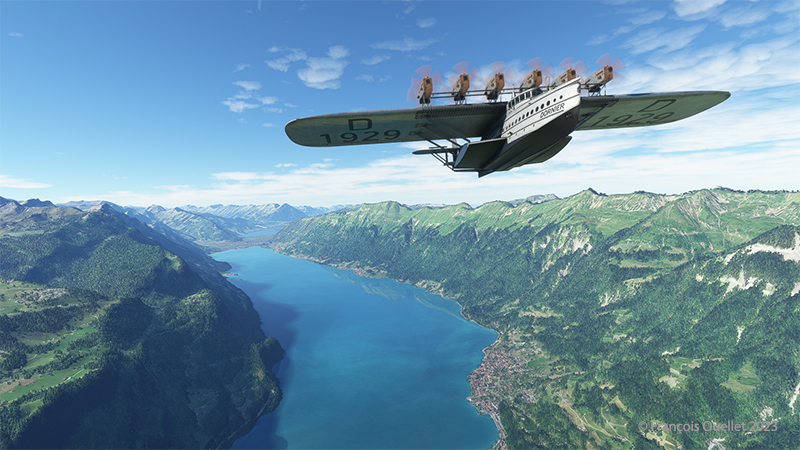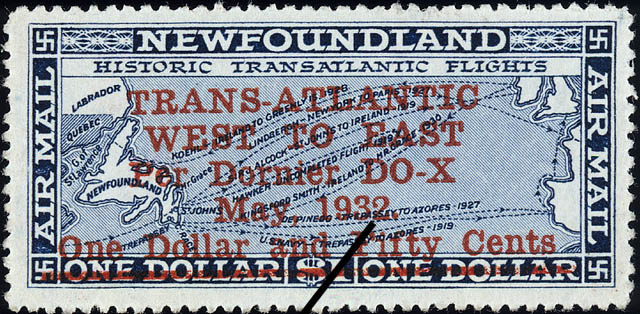
Frédéric Pierucci is a senior executive at Alstom, a gigantic French energy company. Thanks to a US extraterritorial law (FCPA Foreign Corrupt Practices Act) which allows the US government to prosecute any foreign firm targeted for corruption, he was arbitrarily arrested in 2013 as he got off the plane in New York.
Pierucci had not received any money from these operations, but he was aware that Alstom was targeted for embezzlement and that the company used “intermediaries” to secure contracts. He was incarcerated for months, and Alstom finally abandoned him, believing that the Americans would be satisfied with the imprisonment of this high-ranking executive. Pierucci must now try to extricate himself from the quagmire into which he has been plunged.

Even if he is not directly implicated in the bribes, the American justice system wants to pressure Pierucci into revealing details that would incriminate Alstom’s management, including CEO Patrick Kron. Pierucci’s harsh judicial treatment is also intended to intimidate the firm’s other top executives, showing them what awaits them if they do not cooperate in rectifying past mistakes.
The primary aim seemed to correct unfair schemes that were damaging American companies and, by the same token, to obtain very substantial monetary compensation. The operation was a success: the effects of Pierucci’s arbitrary arrest paved the way within a few years for the sale of a strategic Alstom subsidiary to General Electric, its main competitor.

The maneuvers also allow to obtain information that would otherwise remain confidential. This U.S. extraterritorial law works well and is used to attack numerous corporations around the world, including the German international group Siemens. Each time, the offender is obliged to pay substantial fines and must submit internal documents considered confidential or even secret to the prosecutor.
It’s hard to know who exactly will have access to these documents. Is it possible that agents (we won’t call them “spies” for the sake of politeness) are passing on trade-secret information to people working outside the U.S. Justice Department? Such actions would enable American companies to improve their competitiveness at little cost. But these are questions that the executives of the targeted companies are asking themselves.
Be that as it may, not everything in this story is squeaky clean. Author Matthieu Aron writes: “In autumn 2018, after Frédéric [Pierucci] was finally released, we finished our book. But again, it was not without difficulty. The day after we sent our manuscript to our publisher, my home was ‘visited’ and my computer disappeared. Simple burglars, spooks, or action by a foreign service? We’ll probably never know.”

My view on the subject.
China is watching and learning.
The effectiveness of this American extraterritorial law has not escaped the attention of China, which is planning to devise a similar law that would allow it to lay its hands on otherwise inaccessible information and archives.
Faced with these two behemoths, the United States and China, Europe has fallen behind, and it too will have to create its own law enabling it to extend its judicial power outside the continent. For no one is fooled: bribes to obtain contracts involve multiple countries. Prosecutions under extraterritorial legislation give access not only to large sums of money, but also to documents containing important data and possibly industrial secrets.

The Alstom experience will at least have had the effect of better preparing France for the moment when, a little later, the giant Airbus was targeted for malfeasance by the same American law. Airbus manufactures not only airplanes, but also many strategic military products protected by secrecy. This time, the widespread collection of the company’s confidential information was refused, without a French citizen being named as intermediary and the documents handed over to the Americans being reviewed to ensure that they did not contain military secrets or other information not directly related to the corruption charges.
Today, Airbus is a great success, selling more aircraft each month than Boeing, which is experiencing difficulties with the way it builds its aircraft. And we have every right to believe that senior management at Airbus has improved its business practices.
Click on the link for more graphic novels and comics on my blog.
Title: Le piège américain — Les dessous de l’affaire Alstom (The American Trap, in the English version)
Authors: Matthieu Aron, Frédéric Pierucci
Drawing and color: Hervé Duphot
Publisher: Delcourt/Encrages © 2021
ISBN : 978-2-413-03738-5

